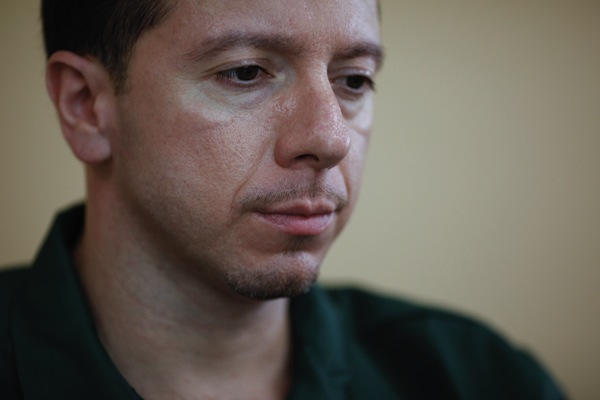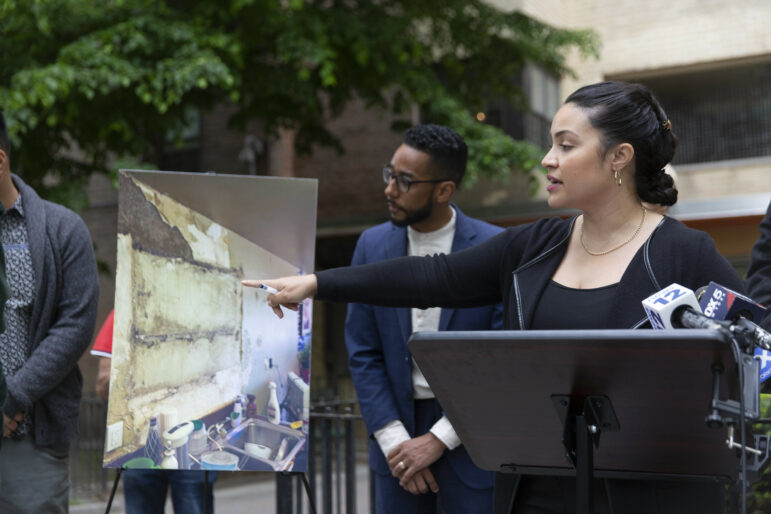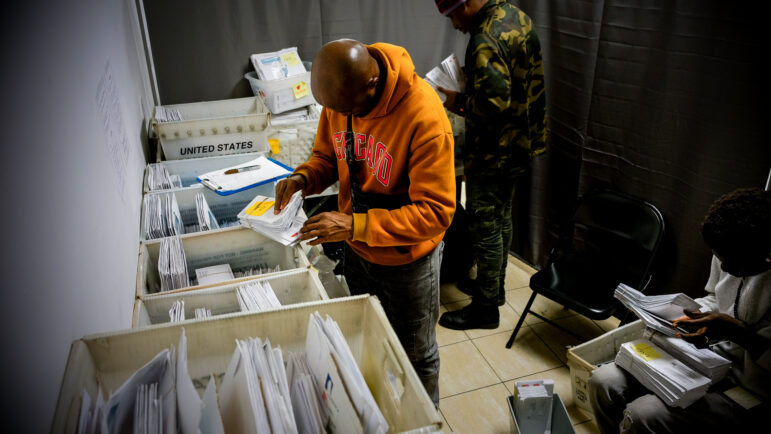
Johnny Hincapie
A Manhattan judge on Tuesday set aside the 1991 conviction of a man said to have played a part in one of the city’s most notorious murders, in which a young tourist died defending his mother from a pack of teenage thieves.
Judge Eduardo Padro turned down Johnny Hincapie’s request for a finding of actual innocence in the September 2, 1990 death of Utah resident Brian Watkins. But the judge said Hincapie’s lawyers, Ron Kuby and Leah Busby, had met the threshold to get their client’s conviction tossed.
The judge’s proclamation elicited groans of disappointment from the crowd, composed largely of Hincapie’s family and supporters, who had hoped his name would be cleared entirely.
A few minutes later, however, the judge announced that Hincapie would be released on his own recognizance to await a possible new trial. The room erupted in shouts and applause and Hincapie’s immediate family collapsed into one another’s arms. For minutes afterward, sobbing punctuated the procedural discussion going on at the front of the chamber.
Joan Vollero, a spokeswoman for the Manhattan district attorney Cyrus Vance, said in a statement: “In the coming days, we will review the opinion to determine our appellate options. We remain committed to re-trying the case, if necessary. We regret the fact that re-trying the case would subject the family of Mr. Watkins to testifying at another trial, reopening old wounds and forcing them to relive the horror of that night 25 years ago.”
Hincapie, 43 and until this morning an inmate at Fishkill Correctional Facility in Beacon, did not walk free, however, because of an immigration hold in his case. He was returned to Rikers Island until the immigration matter is resolved.
Hincapie was one of seven men convicted in the attack in the 53rd Street/7th Avenue subway station on the Watkins family, who were in town for the U.S. Open, by a pack of teenagers looking for money to pay the cover charge to see a DJ perform at the Roseland Ballroom. Brian Watkins was stabbed while trying to protect his mother. The crime came near the height of the city’s crime wave and captured wide public attention.
City Limits was the first to cast scrutiny on Hincapie’s conviction, with a 2010 article by reporter Bill Hughes, who found inconsistencies in the case, like witnesses who said that Hincapie had left the subway station before the attack took place. Hincapie claimed his confession to police had been coerced.
Hughes, who provided an affidavit about his work for use by the defense team, received a subpoena late last year from the Manhattan District Attorney’s office demanding notes, diary entries, recordings, emails and more pertaining to Hughes’ interactions with nine people, including Hincapie, two of Hincapie’s former lawyers and six men connected to the 1990 incident.
Hughes resisted the subpoena with help from the Reporters Committee for the Freedom of the Press. Ultimately, Padro scaled back the subpoena considerably.
Before Padro announced his decision to release Hincapie, Kuby made an impassioned argument for his client’s freedom, arguing that the decision to throw out the conviction suggested prosecutors might have a hard time securing a new one, removing a temptation for Hincapie to flee.
Kuby also noted that four of the six other men convicted in the killing have been paroled. “He has been incarcerated 25 years, one month and three days. He’s made a quarter-century liberty down-payment,” Kuby said. During that time, Kuby added, “He never gave in to despair, although surely despair was his cellmate every single day. He always maintained an optimism and a certain hope that this day would come. There’s no reason he should serve one more day.”
Prosecutors did not contest Kuby’s argument and Padro accepted it. “This court,” the judge said, “does not believe there is any reason for him to run.”








